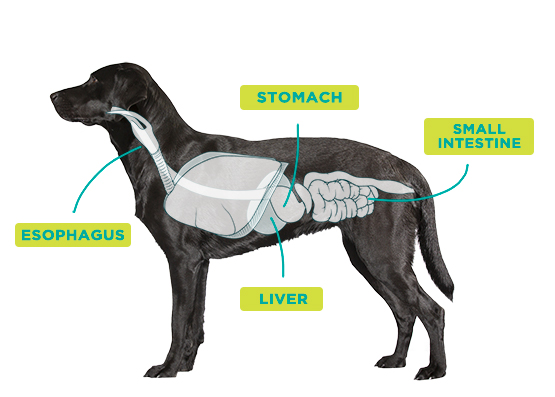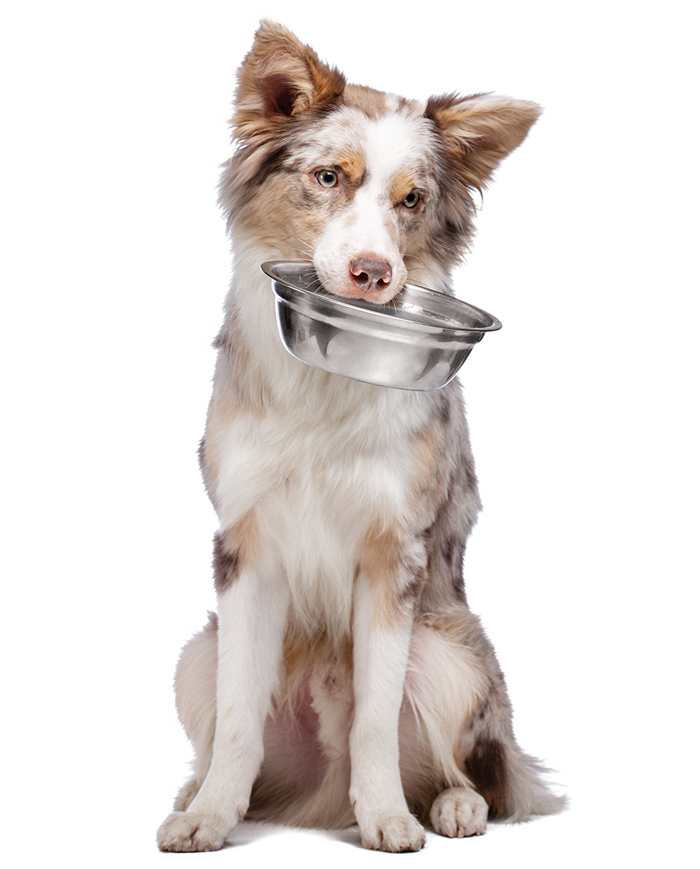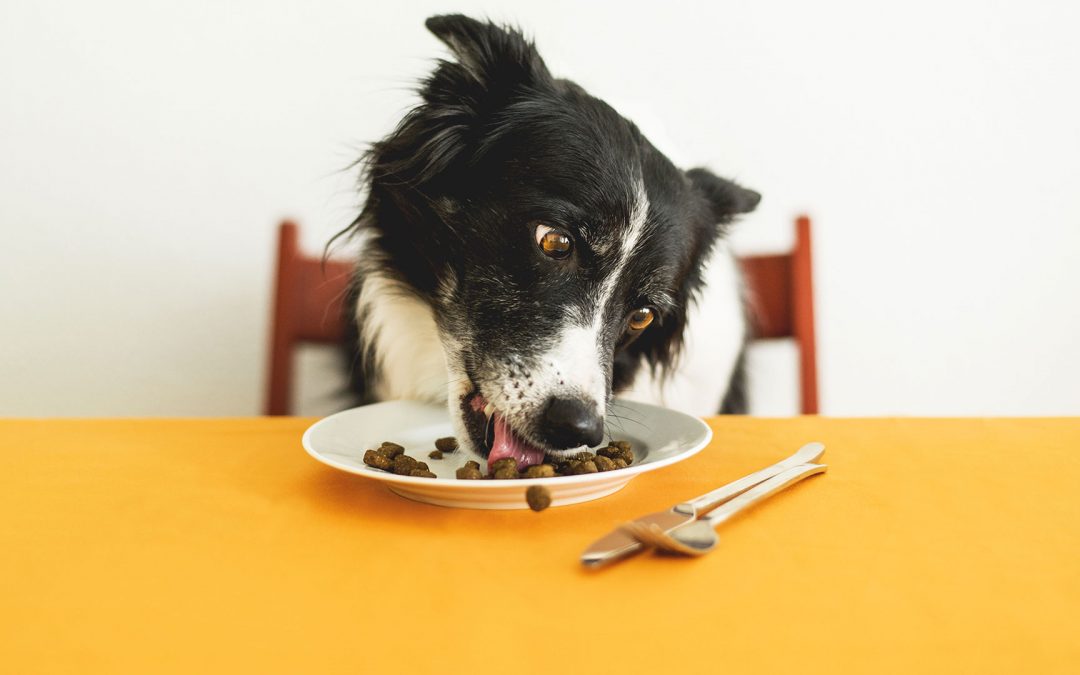Let’s talk dog nutrition…
Do you know what your dog’s body needs to thrive? From how they are built to what they eat, your dog has unique qualities and functions that can only be nourished with the right nutrition. To find the best diet for your dog, you need to understand what your dog needs to stay healthy and active.
Every dog is different
Like our own diets, your dogs nutritional needs aren’t always black and white. There are many differing opinions when it comes to nutrition. Your dog’s unique nutritional requirements will depend on its size, its breed, and it’s stage in life, among other factors. A better understanding of how dogs use the various nutrients in food and how much of them they need can help you choose a healthier diet for your pet.
The digestive tract
Just as dogs need different types of foods and nutrients to stay fit and healthy, dog digestion is different to that of us humans too. Check out the organs and functions that make up the dog digestive system, from head to tail, to help you understand how your dog digests food!

Point of departure (mouth)
The mechanical breakdown of food begins in the mouth, where food is ingested, chewed and swallowed.
Storage and Processing
The stomach acts as a temporary storage and processing facility before emptying its contents into the small intestine.
Automatic Transport
The oesophagus is a short, muscular tube in which involuntary, wavelike contractions and relaxations propel food from the mouth to the stomach.
Treatment Facilities
In the small intestine, enzymes break down large, complex food molecules into simpler units that can be absorbed into the bloodstream. The pancreas is an organ that does double duty, secreting digestive enzymes into the gut and hormones, including insulin and glucogon, into the blood.
End of the line
The primary function of the large intestine is to absorb electrolytes and water. This is where microbes ferment nutrients that have so far escaped digestion and absorption.

Nutrients your dog needs
Good nutrition is feeding your dog the building blocks and energy components that allow them to grow, develop to their potential and stay active throughout their life.
1. Protein
Dogs cannot survive without protein in their diets. Proteins provide the basic building blocks for growth, maintenance, and repair of body tissues. The highest quality proteins for use in dog foods come from a variety of animal-based sources including chicken, lamb, turkey, beef, fish and eggs.
2. Fats
Fat is a concentrated form of energy, providing more than twice the energy of proteins or carbohydrates. Fat is required for absorption and utilisation of fat-soluble vitamins (A, D, E, and K). Fats supply fatty acids, which provide healthy skin and coat, as well as reduce inflammation. Fatty acids promote heart health and optimal brain function. Fats also make pet food taste better.
3. Carbohydrates
The most important function of carbohydrates is to provide adequate energy to your dog. Dogs are able to convert certain carbohydrate sources into simple sugars that are easily absorbed. More complex carbohydrates must be broken down further by the body before they are able to be absorbed.
Where do carbohydrates come from?
The most common types of carbohydrates used in dog foods are cereal grains. These grains must be ground up or cooked just enough to allow for the animal’s intestine to absorb it easily (digestibility). This also helps improve the taste of the raw ingredients (palatability).
Common carbohydrate sources will usually be listed in the first few ingredients on the bag of dog food.
Some of these may include:
- Barley (pearled)
- Oats (or whole oats)
- Brown rice
- Whole wheat
- Whole corn
- Potato (or sweet potato)
- Millet
4. Vitamins
Vitamins organic substances, or synthetic derivatives thereof, required for normal body functioning. They are also important in the conversion of calories to energy, the boosting of immunity and other body processed.
Consider food allergy
When choosing your dog’s food, you should take note and consider food allergies. Ingredients such as soy, chicken, egg, and wheat are common in causing these allergies. Whether the food is cooked or taken raw, they will still have the same effect on your dog. If your dog has sensitive skin, the key to choosing the best foods without any of these ingredients is to check the ingredients list and go for one that does not contain any of the ingredients and supplements with fatty acids.
Your pet got the itchy-scratchies?
Fur Life Vet’s super deal on Hill’s Derm Defence means it’s a great time to trial a change in diet. It just might help your pet shake the itch this Spring! Check out the offer in detail!

Pssst…
This Spring Fur Life Vet & Hills are giving you $20 OFF* Hills Derm Defense!
* $20 OFF Valid from 1 September to 30 November 2020 on the following Derm Defense products: Hills PD Canine Derm Defense Chicken & Veg 354g Can (12Pack), Hills PD Canine Derm Defense Dry 11.3kg, and Hills PD Canine Derm Defense Dry 2.7kg
Ask your Fur Life Vet for advice
Your Fur Life Vet can help you choose the right food for your dog, ask your vet to perform a test on the general body condition and health of your do to help determine what type of nutrition and foods are suitable for your dog. Performing medical examinations might help you realise whether you are overfeeding or underfeeding the dog and will recommend a diet perfect for your dog.



Recent Comments